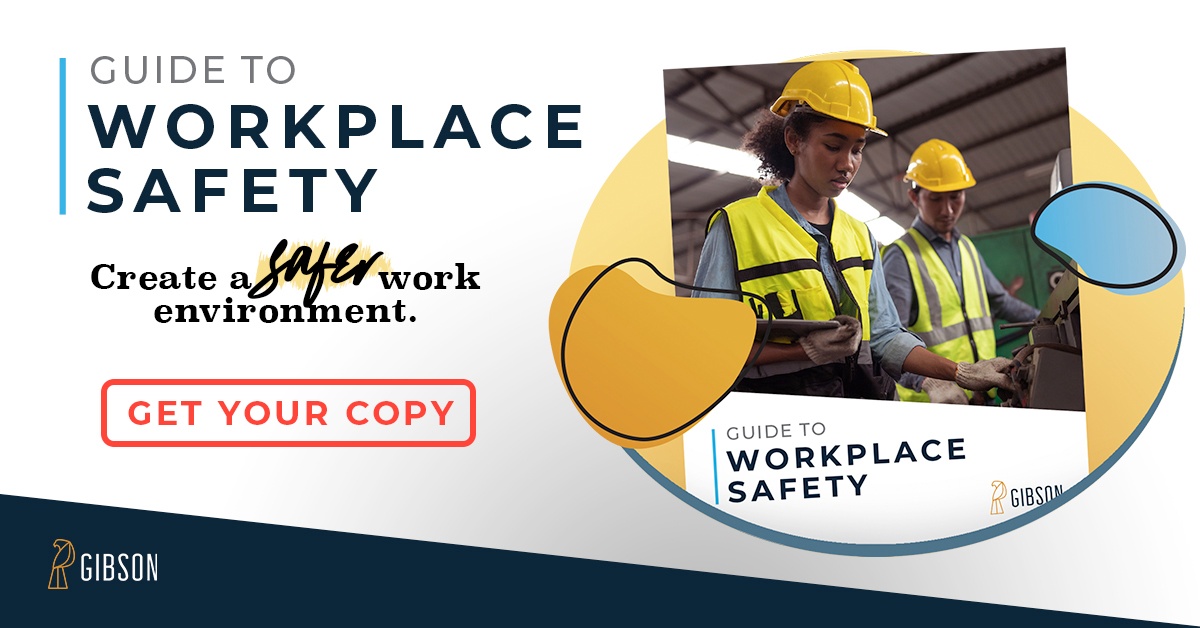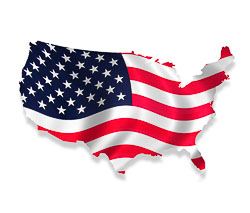 What is a safety culture and how can it help your business? Safety culture is the sum total of all the efforts undertaken by organization members with the goal of improving the workplace every day. To create a true culture of safety, the principles of occupational health and environmental safety should be enshrined in all risk management efforts.
What is a safety culture and how can it help your business? Safety culture is the sum total of all the efforts undertaken by organization members with the goal of improving the workplace every day. To create a true culture of safety, the principles of occupational health and environmental safety should be enshrined in all risk management efforts.
A culture of safety starts with company leaders, who appoint health and safety officers, and set the tone for the safety vision of the entire organization. This includes conveying the relevance of safety at company-wide meetings and occasionally gauging employees' perceptions of safety through impromptu polls, surveys, or focus groups.
The Role of the Facility Management Team
In most organizations, the facility management team is responsible for establishing responsibilities and accountability for safety throughout all levels of the company. In addition, the team should create annual health and safety benchmarks and assign responsibility for their achievement throughout the organization to personnel such as coordinators, supervisors, and area managers.
Supervisor
Within the context of a safety culture, the role of the supervisor is to communicate and maintain job-related safety protocols, and to act as a role model for employees. This might mean ensuring that safety devices and personal protective equipment (PPE) are regularly used by employees. Safety inspections as well as weekly safety briefings may also be part of the picture.
On a basic level, individuals in supervisory roles should ensure that employees under their direction receive appropriate job-specific health and safety training and are aware of any workplace hazards. Needless to say, all injuries should be promptly reported within a well-functioning safety culture.
When accidents or injuries occur, it is the supervisor's duty to report these safety violations. The supervisor should, moreover, proactively investigate and address any hazardous conditions brought to his or her attention by employees.
Health and Safety Manager
The health and safety manager's job is to apprise management of safety and health requirements, oversee training and maintain all employee health and safety records. In addition, the health and safety manager should monitor the health and safety performance of the organization to ensure that it conforms with established benchmarks and continuously evaluate the risk of injury to increase regulatory compliance.
The Role of Employees
Employees themselves have a number of responsibilities for promoting workplace safety. Employees need to internalize the health and safety rules that they agreed to and accept personal responsibility for a safer workplace. This might mean helping the safety team and coordinator with safety suggestions or reporting unsafe conditions, as well as accidents and injuries, to supervisors.
For all of this to work, employees, managers, and supervisors must be held accountable for violations of the health and safety protocol. Factors like positive reinforcement and disciplinary action programs can ensure accountability at all levels of a safety culture.
A culture of safety is created when the collective attitudes of management, supervisors, and employees places priority on the value of workplace safety. Although there should be a chain of command vis-a-vis accountability for reporting and minimizing risk, every member of the company is responsible for promoting a culture of safety.




